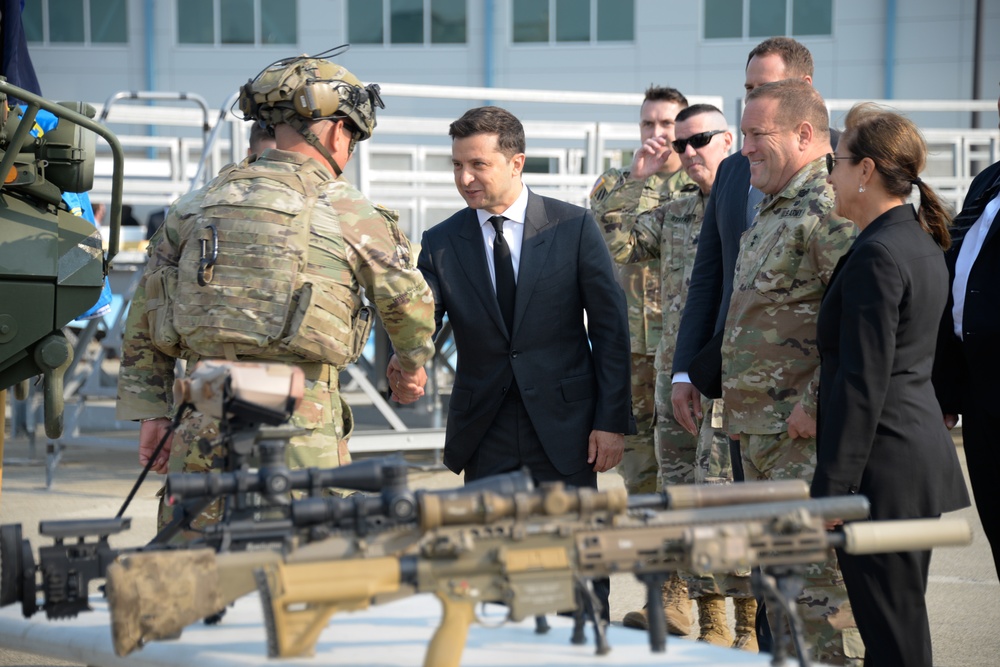A key component of U.S. foreign policy is defense partnerships with foreign countries. By building trust and interoperability with allies, the U.S. military supports global security and promotes international cooperation. At the state level, different National Guards also maintain partnerships with foreign countries.

In 1991, as the Soviet Union collapsed, U.S. European Command established the Joint Contact Team Program in the Baltic region with the Army and Air Force Reserve. This inspired a similar program for the National Guard that pairs U.S. states with three former Soviet states. In 1993, the National Guard’s State Partnership Program was born.

Over the course of 30 years, the SPP expanded exponentially. “The program that began in 1993 with just 13 countries and has now grown to 100 countries,” Army Maj. Gen. William L. Zana, the National Guard’s Director of Strategy, Plans and International Affairs, said at the Pentagon. “It is a theme that runs deeply through our national security strategy, national defense strategy, and national military strategy.”

The SPP is administered by the National Guard Bureau and guided by the State Department’s foreign policy goals. State adjutant generals execute the program in support of U.S. Chief of Mission security cooperation objectives and Department of Defense policy goals. While the SPP uses 1% of the nation’s security cooperation budget, Zana notes that it results in 20-30% of combatant command touchpoints or engagements.

Partnerships under the SPP extend across formations from commanders and civilian officials to frontline troops. National Guardsmen tend to stay in place, allowing for continued SPP missions that establish, grow and maintain foreign military relationships. “You can’t build that trust overnight,” Zana said. “I think it’s something that we, as the United States military, are particularly good — and our partners are really good — at.”

In 1993, Ukraine became an SPP member and partnered with the California National Guard. Since then, California Guardsmen have trained with the Ukrainian Armed Forces, teaching them NATO standards, including the employment of Javelin and Stinger missiles. The effective use of these weapons was critical to Ukraine’s defense in the opening stages of the Russian invasion and Ukraine’s subsequent counteroffensive.


